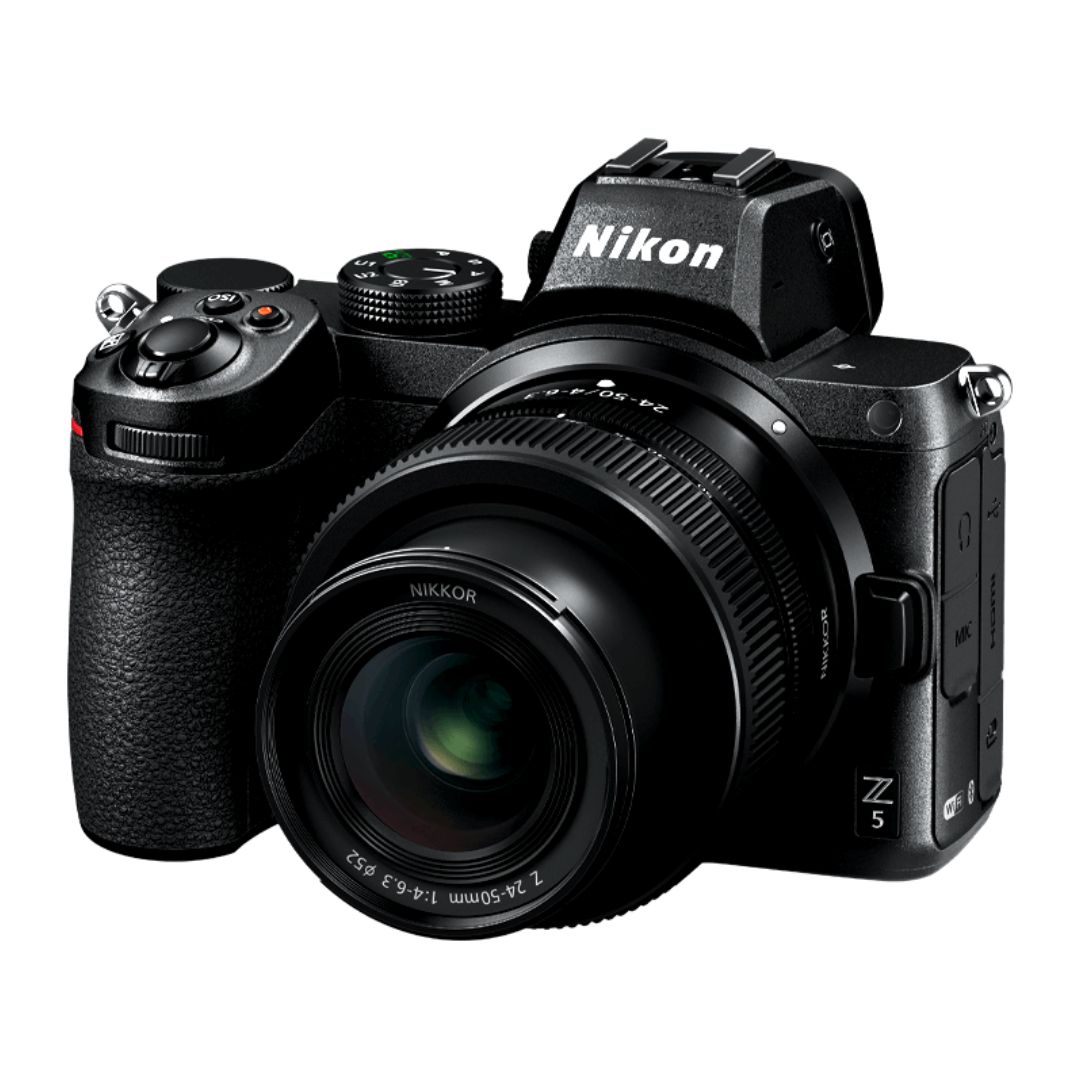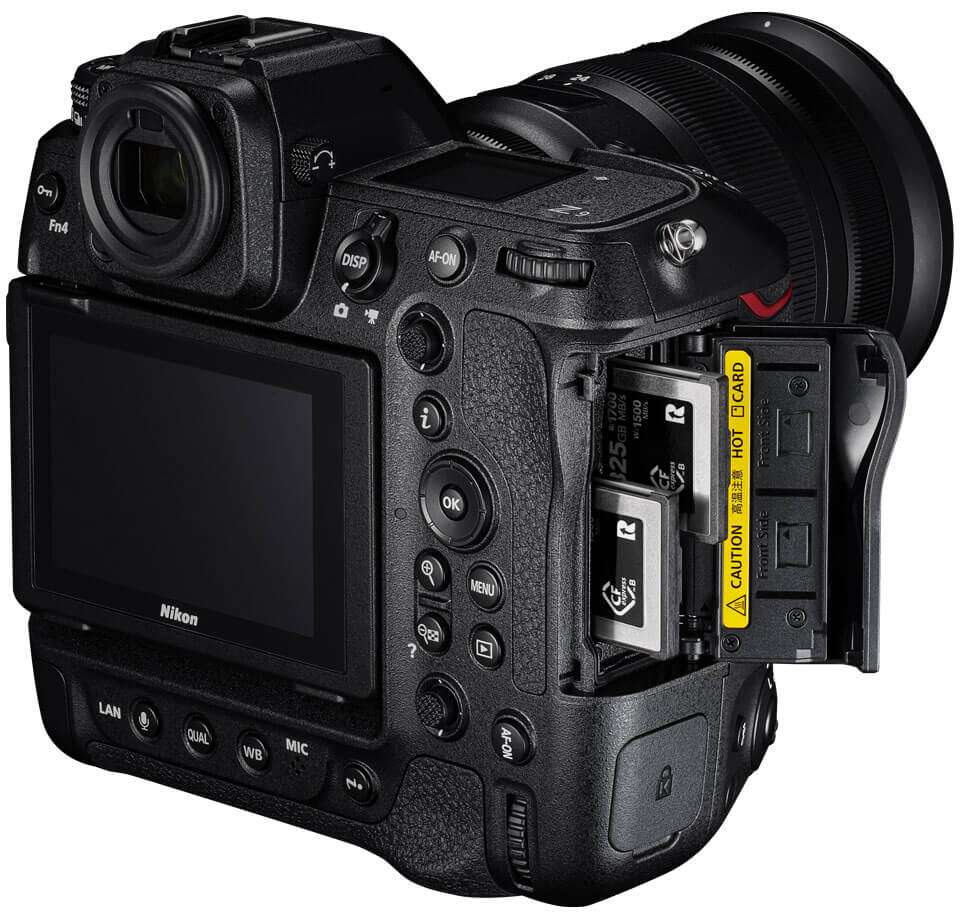In the competitive world of e-commerce, high-quality product images make all the difference. A Shopify store with visually compelling photos captures attention, builds trust, and drives more conversions. Whether you’re a beginner or an experienced seller, mastering product photography can enhance your brand and increase sales. This guide covers everything you need to know about taking professional and high-converting product photos for Shopify stores.
Understanding the Importance of Product Photos for Shopify Stores
1. The Role of Visual Content in E-Commerce
Online shoppers rely on visuals to make purchasing decisions. Unlike physical stores where customers can see and touch items, online businesses must bridge that gap through high-quality imagery.
2. How Product Photography Impacts Conversion Rates
- 75% of shoppers consider product images when deciding on a purchase.
- High-resolution, well-lit photos can increase trust and reduce returns.
- Engaging visuals encourage longer browsing times and higher conversion rates.
3. Brand Representation Through Photography
Every Shopify store has a unique brand identity. Your product images should reflect your aesthetic, tone, and values to create a consistent shopping experience.
Essential Equipment for Shopify Product Photography
4. Choosing the Right Camera
A DSLR or mirrorless camera provides the best quality, but modern smartphones also capture high-resolution images with the right settings.
5. Selecting the Perfect Lens
- 50mm lens: Great for close-up shots with natural perspective.
- Macro lens: Ideal for capturing intricate details.
- Wide-angle lens: Useful for large products or lifestyle shots.
6. Importance of a Tripod
A sturdy tripod stabilizes your camera, ensuring sharp, consistent images without motion blur.
7. Lighting Equipment for Professional-Looking Shots
- Softbox lights: Provide even illumination without harsh shadows.
- Ring lights: Enhance small product details.
- Natural light setups: Cost-effective and great for lifestyle shots.
8. Backdrops and Props for E-Commerce Photography
- White backgrounds for clean, professional images.
- Textured or themed backdrops for lifestyle and creative shots.
- Props that enhance product storytelling.
Setting Up Your Shopify Product Photography Studio
9. Creating a Professional Home Studio on a Budget
- Use a clean, clutter-free space with controlled lighting.
- DIY backdrops and inexpensive lighting kits can create stunning visuals.
10. Understanding Lighting Techniques
- Three-point lighting: Key light, fill light, and backlight.
- Diffused lighting: Prevents harsh shadows and glare.
- Golden hour and natural light tricks for organic and warm tones.
11. Framing and Composition Techniques
- Rule of thirds: Create balanced and visually appealing images.
- Negative space: Focus attention on the product.
- Angles and perspectives: Capture unique views of the product.
Capturing High-Converting Product Photos
12. White Background vs. Lifestyle Shots
- White background: Ideal for product listings, clean and distraction-free.
- Lifestyle shots: Show products in use, enhancing relatability.
13. Showcasing Product Details and Features
- Highlight textures, stitching, and unique elements.
- Use macro shots for intricate features.
14. Capturing Multiple Angles and 360° Images
- Front, back, side, and close-up views improve customer confidence.
- 360° images allow interactive viewing, mimicking an in-store experience.
15. Model and Flat Lay Photography
- Model photography: Adds lifestyle appeal and size reference.
- Flat lay composition: Ideal for accessories, fashion, and small products.
Editing and Optimizing Shopify Product Photos
16. Best Editing Software for Shopify Sellers
- Adobe Photoshop & Lightroom: Advanced editing features.
- Canva & Snapseed: User-friendly and budget-friendly alternatives.
- Remove.bg: Quick background removal tool.
17. Retouching and Enhancing Product Photos
- Color correction and exposure adjustments.
- Background removal for a seamless look.
- Sharpening and detail enhancement for crisp visuals.
18. Compressing Images Without Losing Quality
- Shopify recommends images under 2MB for fast loading times.
- Use TinyPNG or JPEGmini for compression without compromising quality.
19. Naming and Formatting Images for SEO
- Use descriptive filenames:
leather-wallet-brown-shopify.jpg. - Add ALT text for accessibility and improved SEO rankings.
Uploading and Optimizing Product Photos on Shopify
20. Choosing the Best Image Dimensions
- Shopify recommends 2048 x 2048 pixels for high-quality display.
- Maintain aspect ratios for a uniform storefront.
21. Implementing Shopify’s Built-in Image Optimization Tools
- Shopify automatically resizes images for mobile and desktop.
- Utilize Shopify’s Image Editor for quick touch-ups.
22. Creating Engaging Thumbnails and Category Images
- Thumbnails should be eye-catching but consistent with your brand.
- Use lifestyle images for category banners to add depth.
Conclusion: Elevating Your Shopify Store with Stunning Product Photos
Professional product photography sets your Shopify store apart from competitors. With the right techniques, lighting, and editing, you can create high-converting images that attract customers and drive sales. Invest in your visuals and watch your e-commerce business thrive.

Sony Alpha a7 IV: The Ultimate Camera for Photography

Nikon Z5 Review: Is It Worth It?
-

Nikon Z9 : Game-Changer for Photography
-

Top Features of Nikon D850 That Make It Ideal for Portfolio Shoots
Sony Alpha a7 IV: The Ultimate Camera for Photography
Explore the Sony Alpha a7 IV in this complete 2025 review. Learn how its pro-level features, real-world performance, and hybrid flexibility make it the ultimate camera for photography across genres like portraits, weddings, travel, and commercial work. Table of Contents Section 1: Introduction – Why the Sony Alpha a7 IV Stands Out The Sony Alpha…
Nikon Z5 Review: Is It Worth It?
In 2025, photographers—whether hobbyists, content creators, or professionals—seek equipment that blends value, performance, and future-readiness. Enter the Nikon Z5, a full-frame mirrorless camera marketed as a gateway to high-end imaging without a flagship price tag. But how well does it hold up under real-world demands like studio shoots, weddings, landscape adventures, and lifestyle photography? In…
Nikon Z9 : Game-Changer for Photography
Discover why the Nikon Z9 is considered a true game-changer for photography. This in-depth Nikon Z9 review explores key features, real-world performance, and how it excels in professional photo shoots in 2025. Table of Contents 1. Introduction The photography world witnessed a significant shift with the launch of the Nikon Z9, a flagship mirrorless camera…
Top Features of Nikon D850 That Make It Ideal for Portfolio Shoots
Discover why the Nikon D850 is the ultimate DSLR for portfolio shoots. Explore its top features—from resolution and dynamic range to autofocus precision and workflow speed—that help photographers create stunning, high-impact images for professional portfolios. Whether you’re a portrait artist, fashion photographer, or visual storyteller, a portfolio shoot demands technical excellence, creative flexibility, and uncompromised…
Candid Moments with Canon EOS R10: Lightweight & Reliable
In the evolving world of mirrorless photography, the Canon EOS R10 stands out as a lightweight yet powerful camera tailored for real-life storytelling. Whether you’re photographing street scenes, family gatherings, weddings, or spontaneous portraits, capturing genuine emotion requires a responsive and discreet tool. This article dives deep into how the Canon EOS R10 excels in…
Bold Portraits with Canon EOS R5: Is It the Best for Work?
Studio photography has always demanded precision, artistry, and impeccable gear. As the expectations for commercial portraits, fashion campaigns, and editorial work continue to rise, the tools we use must evolve. Enter the Canon EOS R5, a camera that has stirred the professional waters with its impressive technical specs and forward-thinking design. In this comprehensive Canon…


